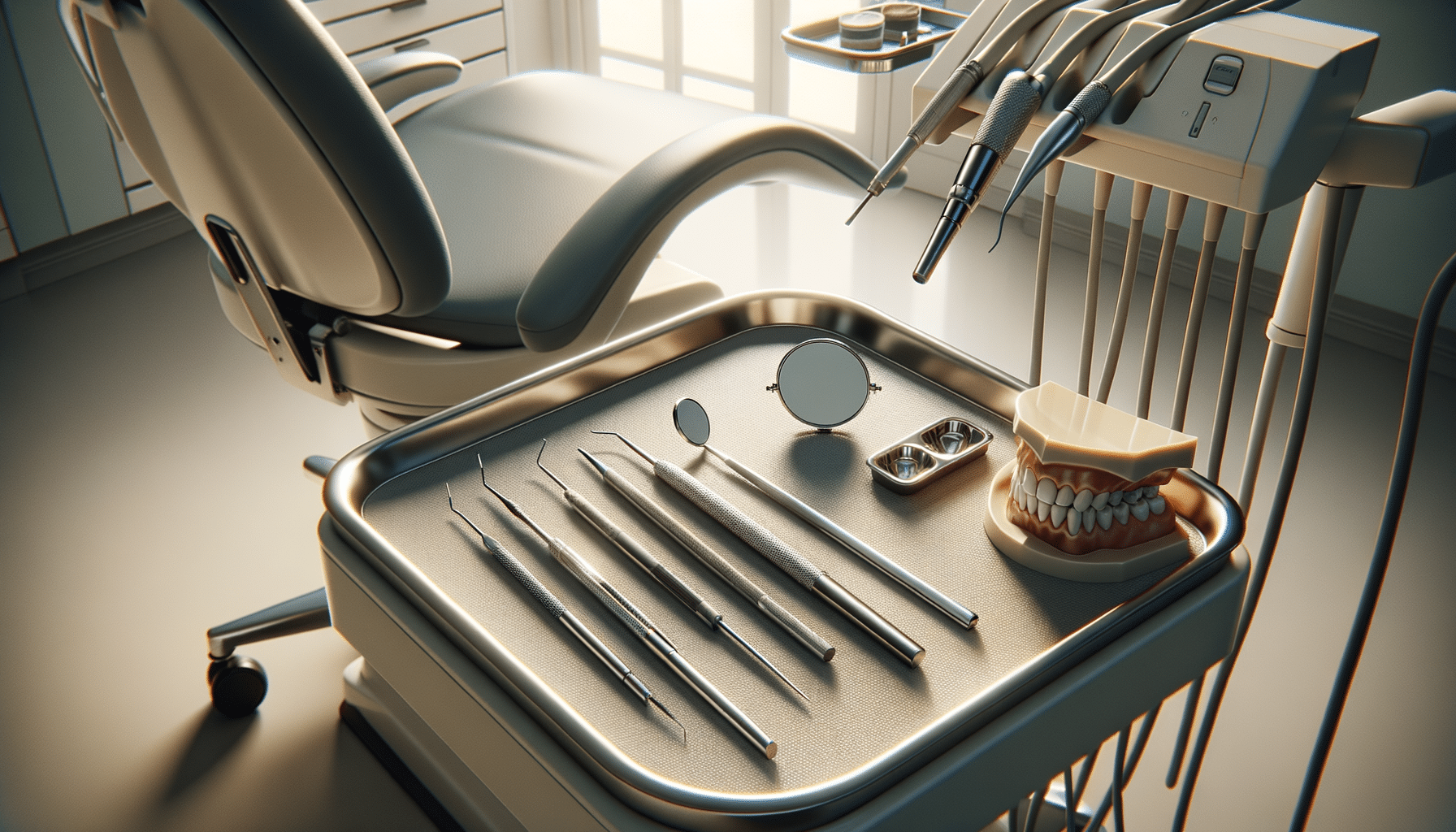
Learn More About Dental Veneers
Introduction to Dental Veneers
Dental veneers are an innovative solution in cosmetic dentistry, offering a way to transform the appearance of teeth without extensive procedures. These thin coverings are applied to the front surface of teeth, providing not only aesthetic enhancement but also some protective benefits. Understanding dental veneers is essential for anyone considering cosmetic dental care, as they offer a pathway to achieving a desired smile with relatively minimal intervention.
The process of designing and fitting veneers is meticulous, ensuring that they match the natural appearance of teeth while addressing any specific cosmetic concerns. Typically made from porcelain or composite resin materials, veneers are customized to fit seamlessly with the rest of your teeth. This customization is crucial as it ensures the veneers not only improve aesthetic appearance but also maintain the natural functionality of your teeth.
Veneers are particularly beneficial for individuals looking to address issues such as discoloration, chipped teeth, or gaps between teeth. The procedure for applying veneers involves careful planning and precise execution, ensuring that each veneer fits perfectly and looks natural. This article will delve into the intricate details of dental veneers, exploring their design, application, and maintenance.
The Design and Material of Dental Veneers
The design of dental veneers is a key factor in their effectiveness and appeal. Generally, veneers are crafted from either porcelain or composite resin. Each material offers unique benefits, and the choice often depends on individual needs and preferences.
Porcelain veneers are renowned for their durability and natural appearance. The material mimics the light-reflecting properties of natural teeth, making them a popular choice for those seeking a realistic look. Additionally, porcelain is resistant to stains, which helps maintain a bright smile over time. Though they tend to be more expensive, the longevity and aesthetic appeal of porcelain veneers often justify the cost.
On the other hand, composite resin veneers are a more affordable option. They can be applied more quickly and involve less removal of the tooth surface. While they may not last as long as porcelain veneers, composite resin veneers can still offer a satisfactory cosmetic improvement. They are also easier to repair if damaged, making them a practical choice for many patients.
The design process involves taking impressions of the teeth to ensure each veneer is tailored to fit perfectly. This customization is vital for achieving a harmonious look and ensuring the veneers function well with the natural bite. The dentist works closely with the patient to select the appropriate shade and shape, ensuring the veneers meet aesthetic goals.
The Process of Fitting Dental Veneers
Fitting dental veneers is a precise procedure that requires expertise and careful planning. The process begins with a consultation, where the dentist assesses the patient’s dental health and discusses cosmetic goals. This initial stage is crucial as it helps determine whether veneers are the right solution for the patient’s needs.
Once the decision is made to proceed with veneers, the next step involves preparing the teeth. This preparation usually includes removing a small amount of enamel from the tooth surface to accommodate the thickness of the veneer. This step is essential to ensure a snug fit and a natural appearance. During this phase, the dentist takes impressions of the teeth, which are sent to a dental laboratory where the veneers are crafted.
The final fitting involves bonding the veneers to the teeth using a special adhesive. This step requires precision to ensure the veneers are aligned correctly and securely attached. The dentist makes any necessary adjustments to the shape and fit, ensuring that the veneers look natural and integrate seamlessly with the rest of the teeth. The result is a transformed smile that enhances the overall appearance without compromising dental health.
Maintaining Dental Veneers
Maintaining dental veneers is crucial for ensuring their longevity and keeping your smile looking its best. While veneers are designed to be durable, they still require proper care to prevent damage and discoloration. Regular dental check-ups are essential to monitor the condition of the veneers and address any issues promptly.
Good oral hygiene practices are vital for maintaining veneers. This includes brushing twice a day with a non-abrasive toothpaste and flossing regularly to remove plaque and prevent gum disease. Additionally, it’s important to avoid habits that could damage the veneers, such as biting on hard objects or using teeth as tools.
Dietary choices also play a role in maintaining veneers. Limiting the intake of foods and beverages that can stain, such as coffee, tea, and red wine, helps preserve the veneers’ appearance. While porcelain veneers are resistant to stains, composite resin veneers may require more careful management to avoid discoloration.
In case of any damage or wear, it’s important to consult a dentist promptly. Early intervention can prevent further issues and extend the lifespan of the veneers. Overall, with proper care and maintenance, dental veneers can provide a lasting improvement to your smile.
Conclusion: The Benefits of Choosing Dental Veneers
Dental veneers offer a versatile and effective option for enhancing the appearance of your teeth. They provide a solution for a variety of cosmetic concerns, from discoloration to minor misalignments, allowing individuals to achieve a confident smile. The process of designing, fitting, and maintaining veneers is comprehensive, ensuring that they not only look good but also function well.
For those considering cosmetic dental procedures, veneers present a relatively straightforward yet highly impactful choice. The ability to customize veneers to match individual preferences and needs makes them a popular option among patients seeking to improve their dental appearance.
Ultimately, dental veneers represent an investment in your smile and self-confidence. By understanding the process and committing to proper maintenance, you can enjoy the benefits of veneers for years to come. Whether you’re addressing specific dental issues or simply seeking a brighter smile, veneers offer a path to achieving your aesthetic goals.


